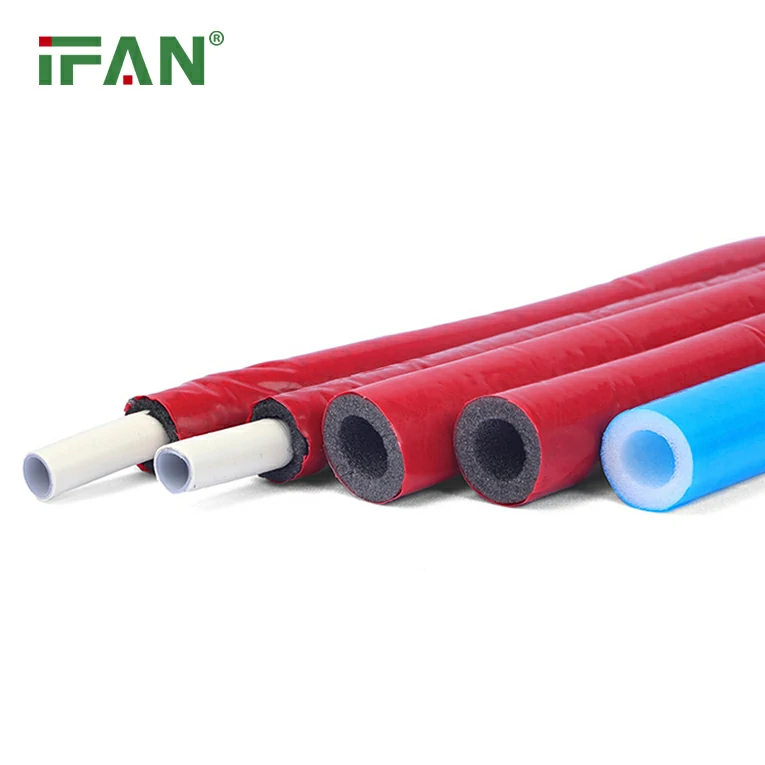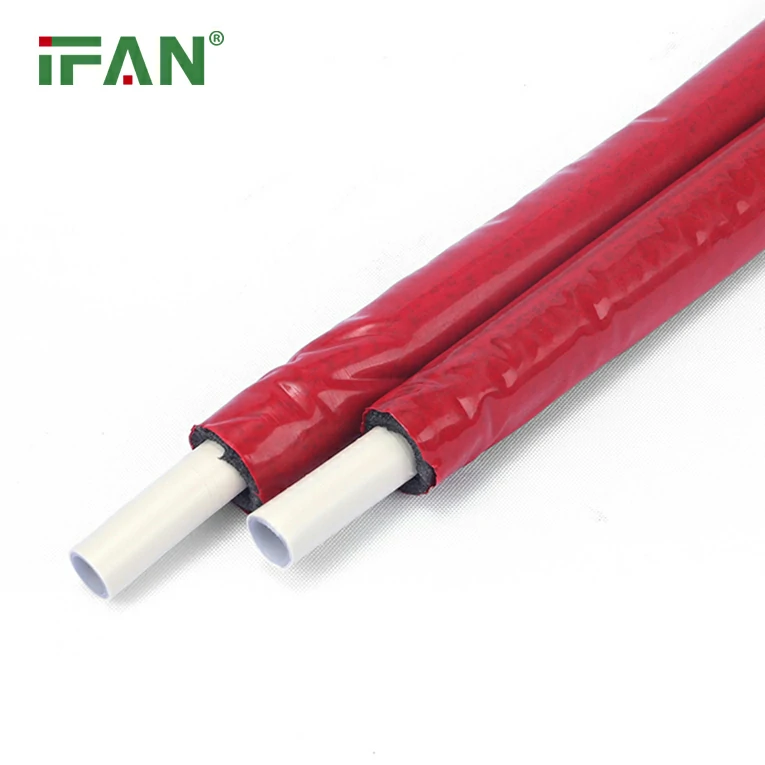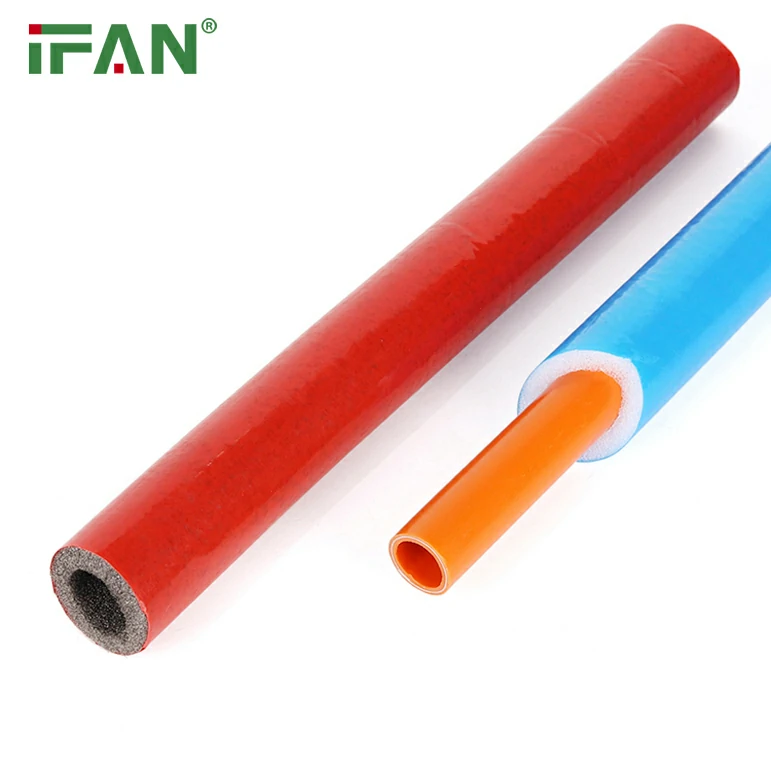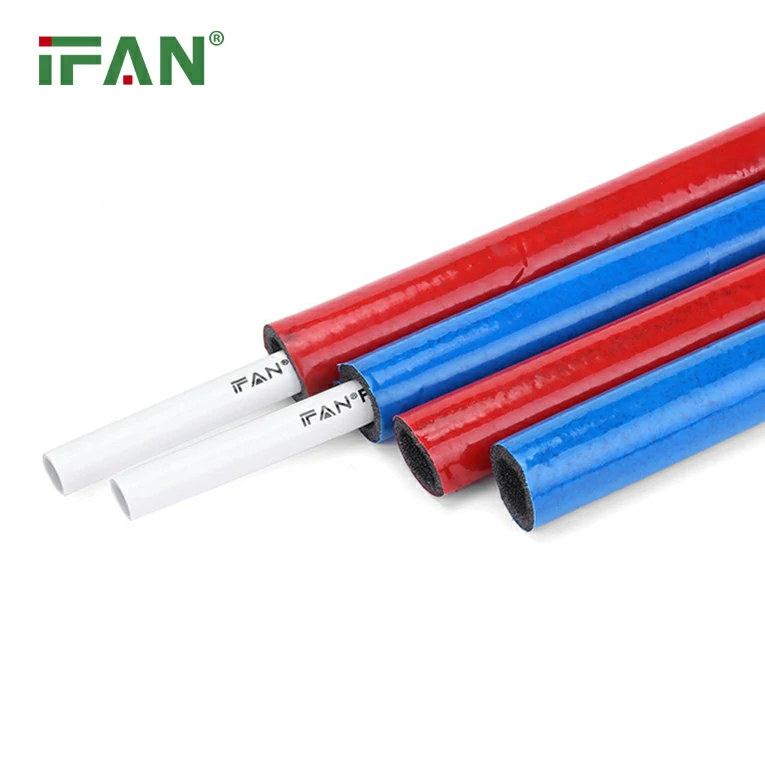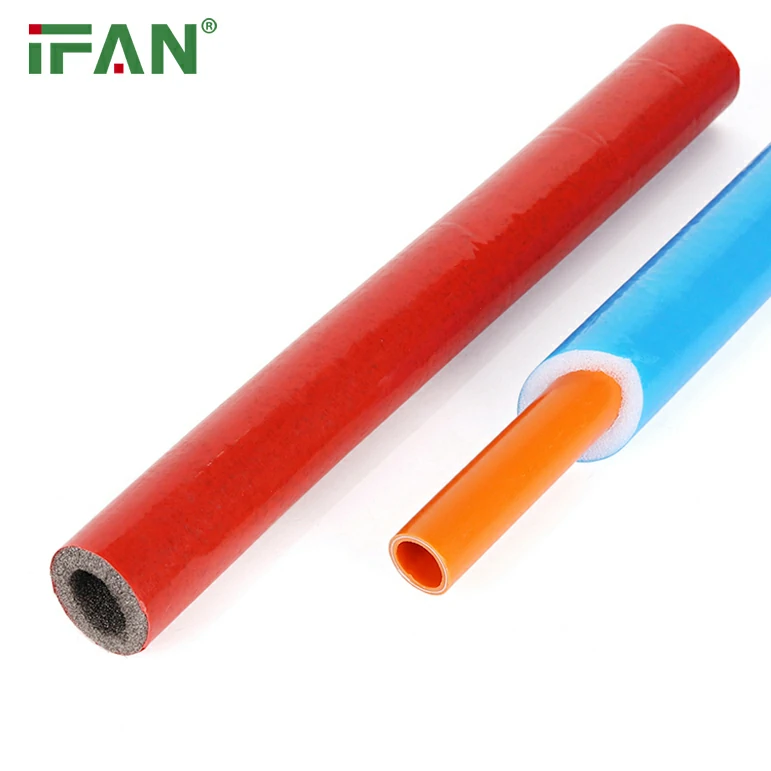As more homeowners and builders turn to PEX (cross-linked polyethylene) piping for plumbing systems, reports of PEX pipe failures have raised important questions regarding the causes of these breakdowns. PEX is celebrated for its flexibility, resistance to corrosion, and ease of installation, but like any material, it can experience issues. One significant concern is whether the quality of county water supply is a contributing factor to the premature failure of PEX pipes. This article will explore PEX pipe characteristics, common reasons for failures, the relationship between county water and piping integrity, and steps homeowners can take to mitigate risks associated with their plumbing systems.
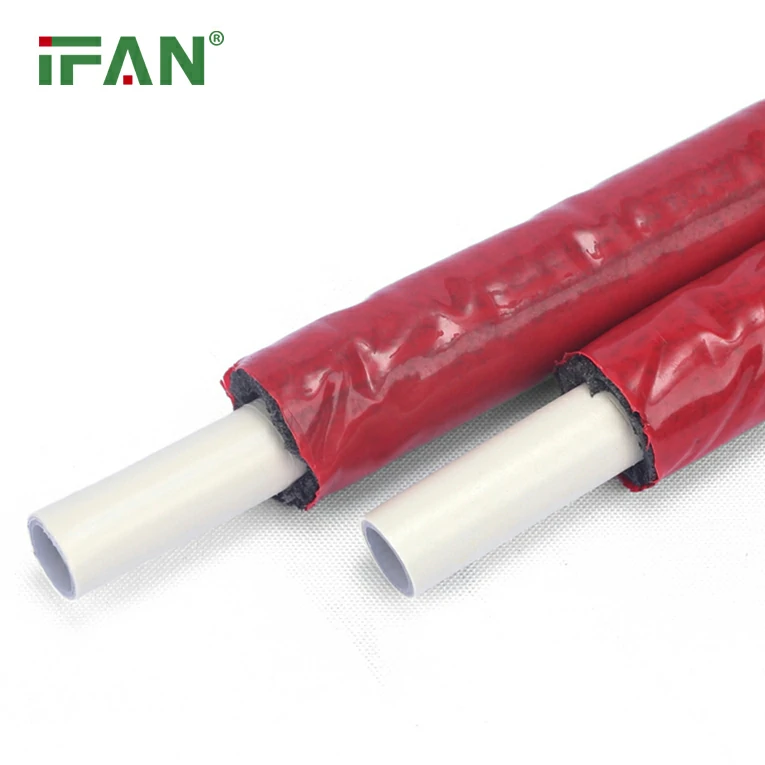
Understanding PEX Pipes
What Are PEX Pipes?
PEX pipes are a type of flexible tubing made from high-density polyethylene that has been cross-linked to enhance its properties. This innovative material offers numerous advantages over traditional plumbing materials, such as copper and PVC.
Advantages of PEX Pipes
- Flexibility: PEX pipes bend easily around corners, which allows for simpler installations and fewer fittings, reducing leak points.
- Corrosion Resistance: Unlike metal pipes, PEX does not corrode or rust, leading to improved water quality.
- Thermal Efficiency: PEX maintains the temperature of the water flowing through it, reducing energy costs for heating systems.
- Lower Labor Costs: The ease of installation contributes to faster project completion and reduced labor expenses.
Common Issues with PEX Pipes
While PEX pipes are known for their robustness, they can still encounter problems, including:
- Freezing: In extreme cold conditions, PEX pipes can freeze and burst if not properly insulated.
- Chemical Reactions: Certain chemicals in water supplies can potentially lead to degradation of PEX material when exposed over time.
- Improper Installation: If PEX is not installed correctly, it can lead to leaks, pressure issues, or even system failures.
Causes of PEX Pipe Breakage
1. Water Quality
A significant concern among homeowners is whether county water quality can contribute to PEX pipe failures. The composition of water can impact the integrity of PEX, particularly if the water supply contains:
- High Chlorine Levels: While PEX is designed to tolerate some levels of chlorine, excessive concentrations, typically found in municipal water supplies, can lead to pipe degradation over time.
- Fluorine and Other Chemicals: Certain chemical treatments used in municipal water supplies, such as fluorine or specific disinfectants, could potentially interact with the PEX material and affect its longevity.
2. Temperature Fluctuations
PEX is designed to handle temperature changes, but extreme fluctuations can increase the potential for pipes to expand and contract. This movement can lead to stress at connection points and possible breakage if the installation is not adequately managed.
3. Installation Errors
Improper installation techniques, such as using the wrong fittings or failing to properly support the piping, can lead to strain on PEX pipes. Installation mistakes are often a key factor in experiencing premature failures.
4. Mechanical Strain
Over time, PEX pipes can face mechanical strain. For instance, if they are subjected to constant bending or pressure from the surrounding soil, they may crack or break.
The Role of County Water
Bacterial and Chemical Content
County water can vary in quality and composition, which can contribute to pipe failures. Hard water with high mineral content can cause scaling, which eventually affects flow rates and pipe integrity. Additionally, water chemistry can influence the longevity of PEX pipes.
Regulatory Standards
Municipalities are typically governed by regulatory standards that dictate acceptable levels of chemicals and contaminants in drinking water. Understanding your local water quality reports can be essential for homeowners to discern whether their water supply may impact the plumbing materials in their homes.
Investigating the Blame
Determining the Source
When pipe failures occur, investigating multiple contributing factors is crucial. Homeowners should consider:
- Conducting Water Tests: Testing the water quality can help identify potential contaminants that could affect PEX pipes, including high levels of chlorine or other chemicals.
- Consulting Professionals: For persistent issues, engaging a licensed plumber can assist in diagnosing the problem, recommending appropriate solutions, and determining if the water supply might be the culprit.
Documenting Failures
Maintaining a record of failures, including dates, specific symptoms, and water conditions, can serve as valuable information when addressing concerns with municipal water authorities or seeking resolution with plumbing professionals.
Preventive Measures for PEX Pipe Longevity
1. Insulate PEX Pipes
To mitigate issues related to freezing, ensure that all exposed PEX pipes are insulated. This is particularly important in unheated areas like attics, basements, or crawl spaces.
2. Monitor Water Quality
Regularly testing local water quality can help homeowners be proactive about identifying issues before they affect plumbing systems. Understanding the municipal water supply’s chemical composition can allow for informed decisions regarding the types of pipes and installation methods that are best suited for the situation.
3. Follow Installation Guidelines
Ensure that PEX is installed according to manufacturer guidelines. Use the correct fittings, adequately support pipes, and avoid overarching bends or sharp angles that lead to mechanical strain.
4. Maintain Consistent Temperatures
Whenever possible, maintain consistent indoor temperatures and avoid drastic changes in the environment where PEX pipes are laid. This can help reduce the risk of stress and damage to the pipes.
5. Use High-Quality Materials
Opt for high-quality PEX materials and fittings that meet industry standards. Products that are ASTM (American Society for Testing and Materials) certified provide an added layer of assurance regarding their performance and longevity.
Conclusion
PEX pipes provide versatile and durable options for modern plumbing systems, but like any material, they can be prone to issues, particularly in relation to water quality and environmental conditions. As homeowners and contractors explore the benefits of transitioning to PEX, it is crucial to understand potential challenges, including the influence of county water.
By taking proactive measures to protect PEX pipes, ensure proper installation, and monitor water quality, homeowners can minimize the risk of pipe failures and enjoy the benefits of their plumbing systems for years to come. With informed choices and adequate preparations, the longevity and performance of PEX piping can be ensured even under challenging conditions.
FAQs
1. What is PEX pipe?
PEX pipe is a flexible plumbing material made from cross-linked polyethylene, widely used in water supply and heating applications due to its durability and ease of installation.
2. Can county water quality affect PEX pipes?
Yes, high levels of chlorine, fluorine, or other chemicals in county water can potentially degrade PEX pipes over time.
3. How can I prevent PEX pipes from freezing?
Insulate exposed pipes, maintain consistent indoor temperatures, and let faucets drip during extreme cold to help prevent freezing.
4. What should I do if my PEX pipes break?
If PEX pipes break, consult a licensed plumber to assess the situation, replace damaged sections, and investigate potential underlying causes.
5. How can I test my water quality?
Water quality can typically be tested through local health departments or commercial water testing services that provide detailed analyses of contaminants and mineral levels.

